Editor’s Note: We strive to bring you the most unexpected stories about Ukraine you won’t find anywhere else. Through unique perspectives, we explore all aspects of life here: politics, art, culture, food habits, and people. Who would have thought that Ukrainians are huge fans of sushi?
Support us in discovering even more immersive stories with deep human interest and learning about Ukraine as more than just a country at war.
A version of this story first appeared in Bon Appétit.
The national food of Ukraine isn’t borscht. It’s sushi. In particular, it’s the Philadelphia roll.
Make this controversial observation to any Ukrainian you meet, and you’ll be met with a knowing chuckle.
When people ask me the most surprising thing I’ve learned in three years of war, they expect that I’ll talk about drone warfare, or the eerie feeling of an air raid shelter during a missile attack.
But when I first came to Ukraine, the thing that stuck out to me the most was the fact that you could find a sushi restaurant in pretty much every corner of the country.
In large cities and small villages – even close to the frontlines! – you can find the Japanese dish, with a Ukrainian twist.
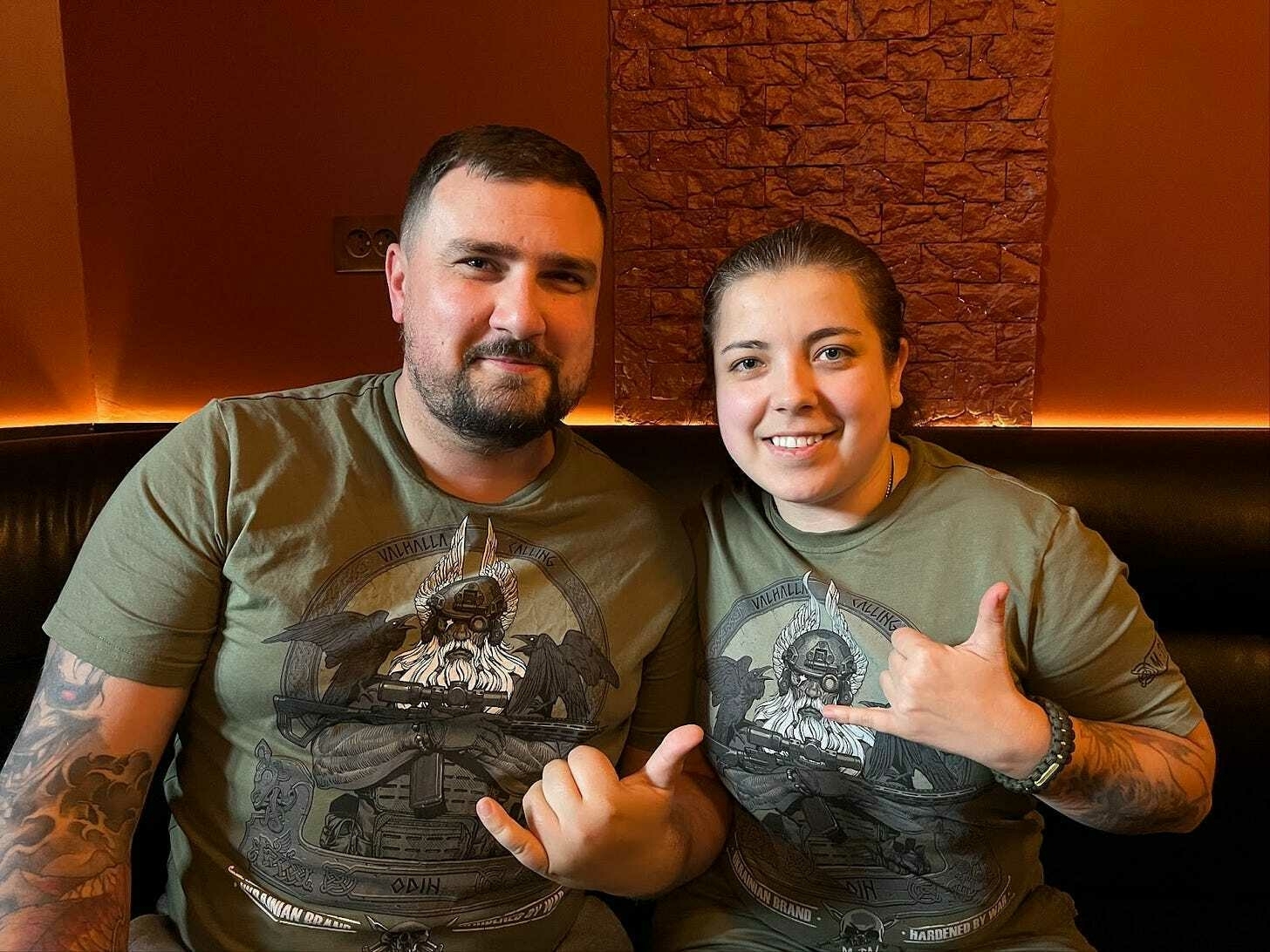
Meet Blade, who goes by that callsign while working as a Ukrainian drone pilot. At his request, we’re withholding his real name for security purposes.
Blade recounts how one of his sushi cravings unfurled during a brief moment of calm while stationed in the south of Ukraine during the first year of the country’s war with Russia.
"The enemy was very close,” he said.
The drone pilot and his team were just beyond the front lines, regrouping in the war-ravaged village of Bashtanka.
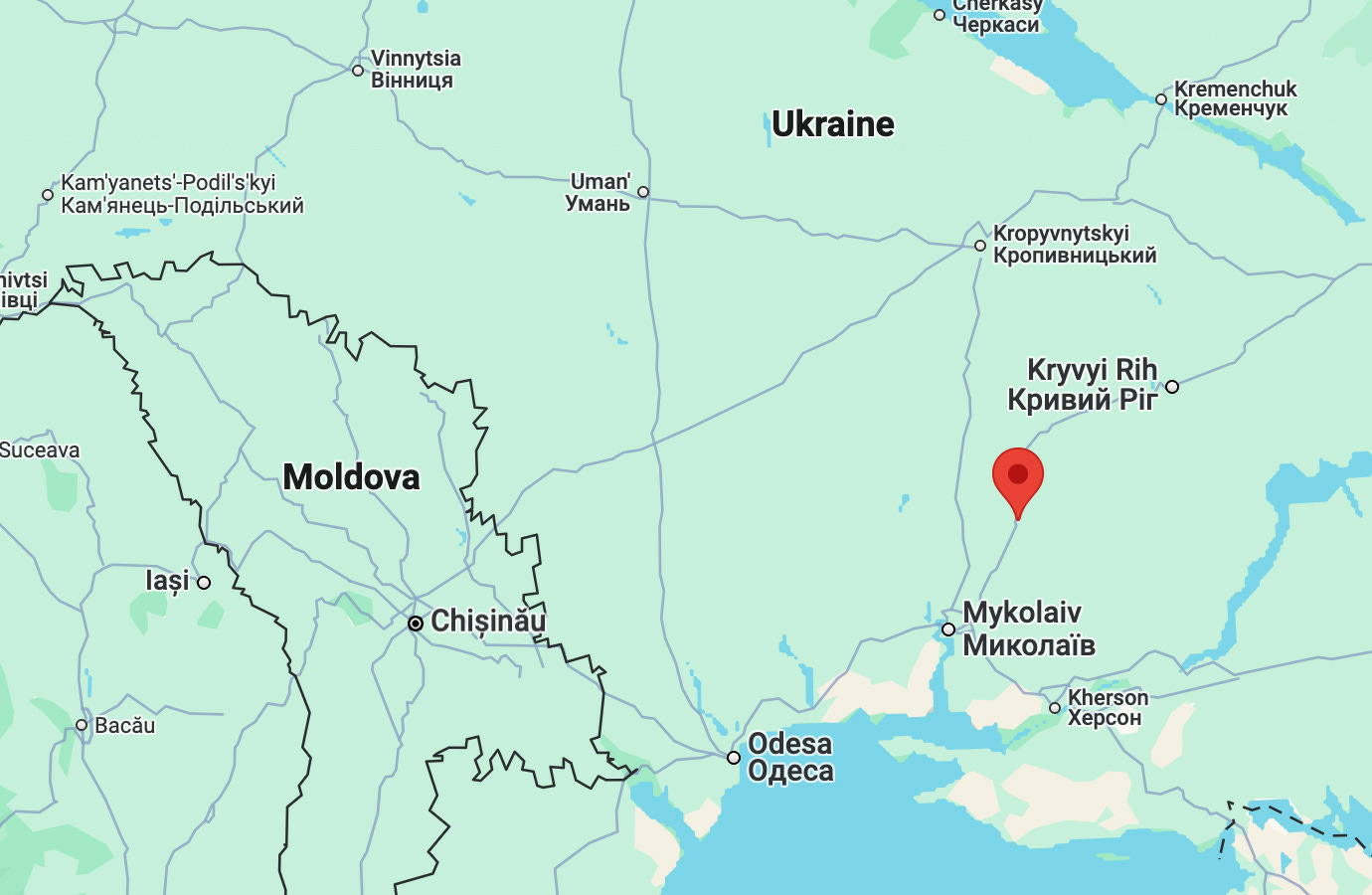
At the time, only a few thousand civilians remained, but during a lull, Blade walked into a cafe in search of sustenance and matter of factly asked, “What is on the sushi menu?"
Moments later, he was snacking on unagi – Japanese eel.
The cultural moment he shared during an interview that happened to take place in another sushi restaurant—this time in Kramatorsk, itself a frontline city that is a major logistics hub for fighting in east Ukraine.
Almost everywhere in Ukraine, sushi rolls are part of the diet of hungry troops. In fact, if you walk into a restaurant in Ukraine at random, there’s a very good chance it will serve sushi.
Google Maps backs this up. Zero in on Kyiv or almost any part of Ukraine and search for sushi, and you’ll likely be able to find a cafe or restaurant to satiate your fix.
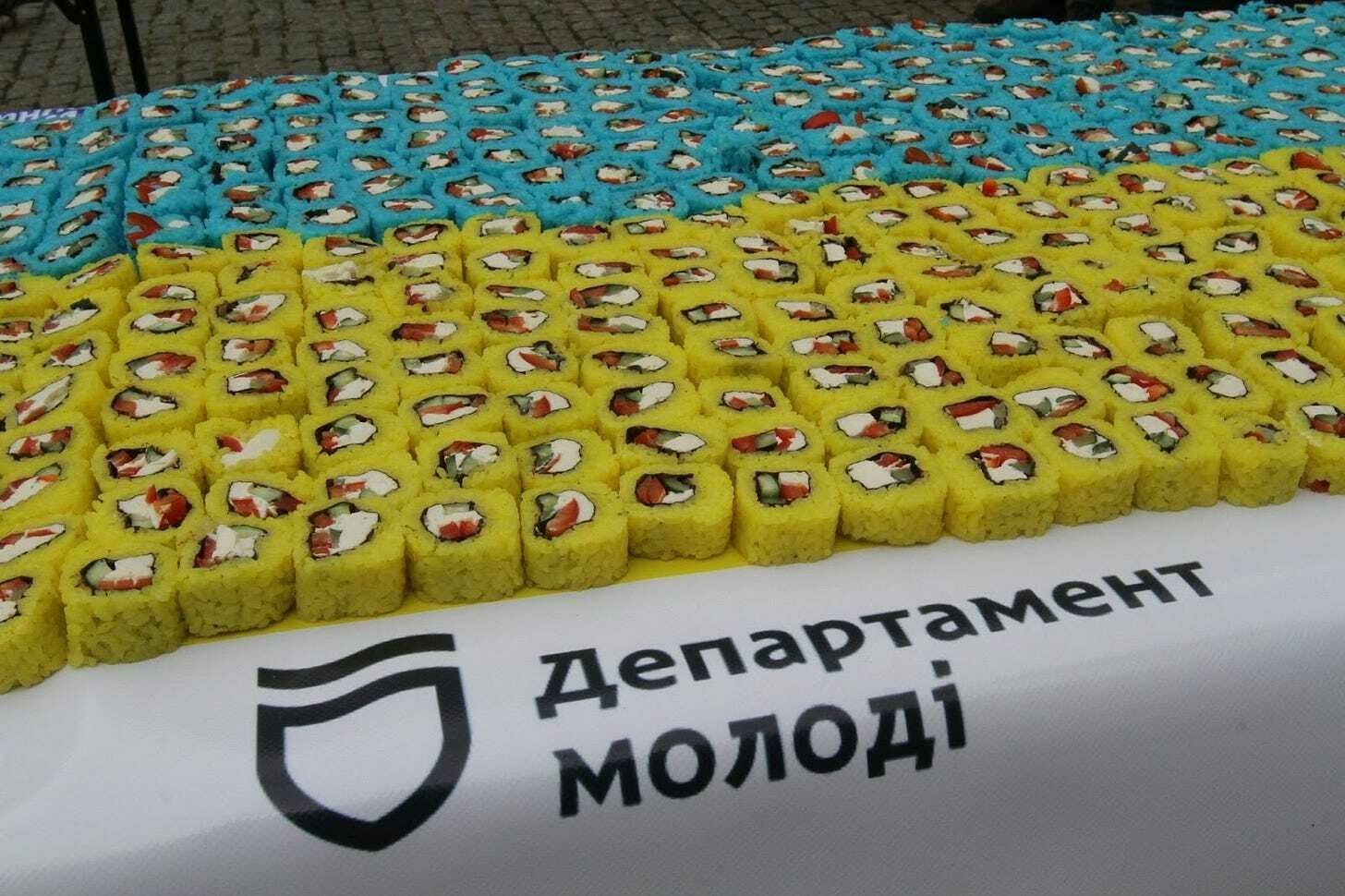
Over the last twenty years, as the fight for an independent and democratic Ukraine has progressed, first through deadly protests, and now the ongoing war against Russian oppression, sushi has become a staple food.
“Sushi was probably one of the first properly foreign dishes that came to Ukraine [after the restoration of independence],” said Yaroslav Druziuk, the former editor-in-chief of The Village Ukraine, a Ukrainian culture and politics publication. “[At that time] sushi is the easiest way to feel like you're eating something exotic and fascinating… Want to impress your girlfriend? Set up a date in a sushi restaurant.”
The rise in sushi’s popularity is intertwined with a Ukrainian trend towards eating what America and the rest of the West eats—a cosmopolitan way of looking at the world absent of Russian influence.
According to Google search trends, the most sought after takeaway food in Ukraine is sushi. In Russia, it is kebab.

Olha Nasonova, a restaurant consultant and co-founder of the National Restaurant Association of Ukraine, says that cold appetizers are “very popular” in Ukraine—sliced vegetables, sliced sausage, mushrooms — “and in some way, sushi replaced these cold appetizers because many people, even now, put sushi on the table instead. They can eat sushi first, then have a hot dish, and then dessert. And basically, this has become…a common practice for many families.”
I’ve asked countless Ukrainians why sushi is so popular here. It’s so entrenched at this point that most don’t give it any thought. “It’s just delicious!” is the most common reply.
But there are also subtle ways in which Ukrainian sushi history is intertwined with its politics.
Sushiya, now a common Ukrainian sushi chain, established its first store in 2006. Several years later, it opened a branch overlooking Kyiv’s Independence Square, or Maidan. The square is integral to the Ukrainian story.
In 2014, this is where protesters demanded the resignation of pro-Russian President Viktor Yanukovych and closer integration with the European Union. No doubt during frigid winter days, some pro-democracy protesters huddled in the Sushiya to stay warm and in the process ordered a few rolls. Today, Sushiya has 21 restaurants in five cities across Ukraine.
Following the successful Maidan Revolution, one way Ukrainian chefs and customers expressed themselves was freeing their palates of rigid culinary bonds.
“Ukrainian [sushi restaurants], especially the places that opened up after 2014, they had more freedom to make experiments,” Druziuk said.
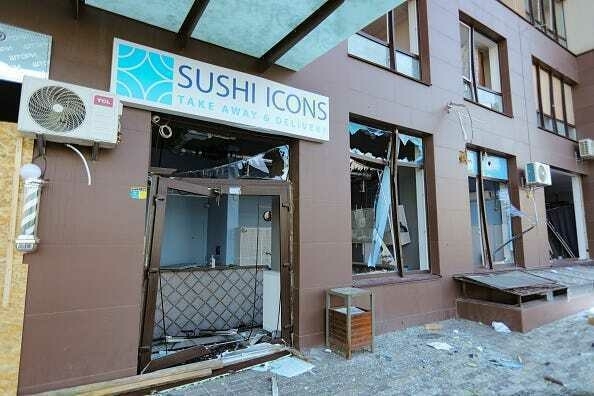
In taste and texture, most sushi is about as far from traditional Ukrainian food as you can get. Ukrainian cuisine typically emphasizes foods like varenyky and borscht and buckwheat—and there’s often a hefty serving of smetana, a sort of sour cream, but as happens in nearly every cultural food mashup in societies around the world, Ukrainians added a personal twist on their sushi-eating habits.
"In post-Soviet Union countries, it was quite typical to have a mixture of milk and fish products, fish with mayonnaise in a salad, stuff like that," says Ukrainian chef Serhii Khehai, who manages a high-end Kyiv sushi counter called Shima.
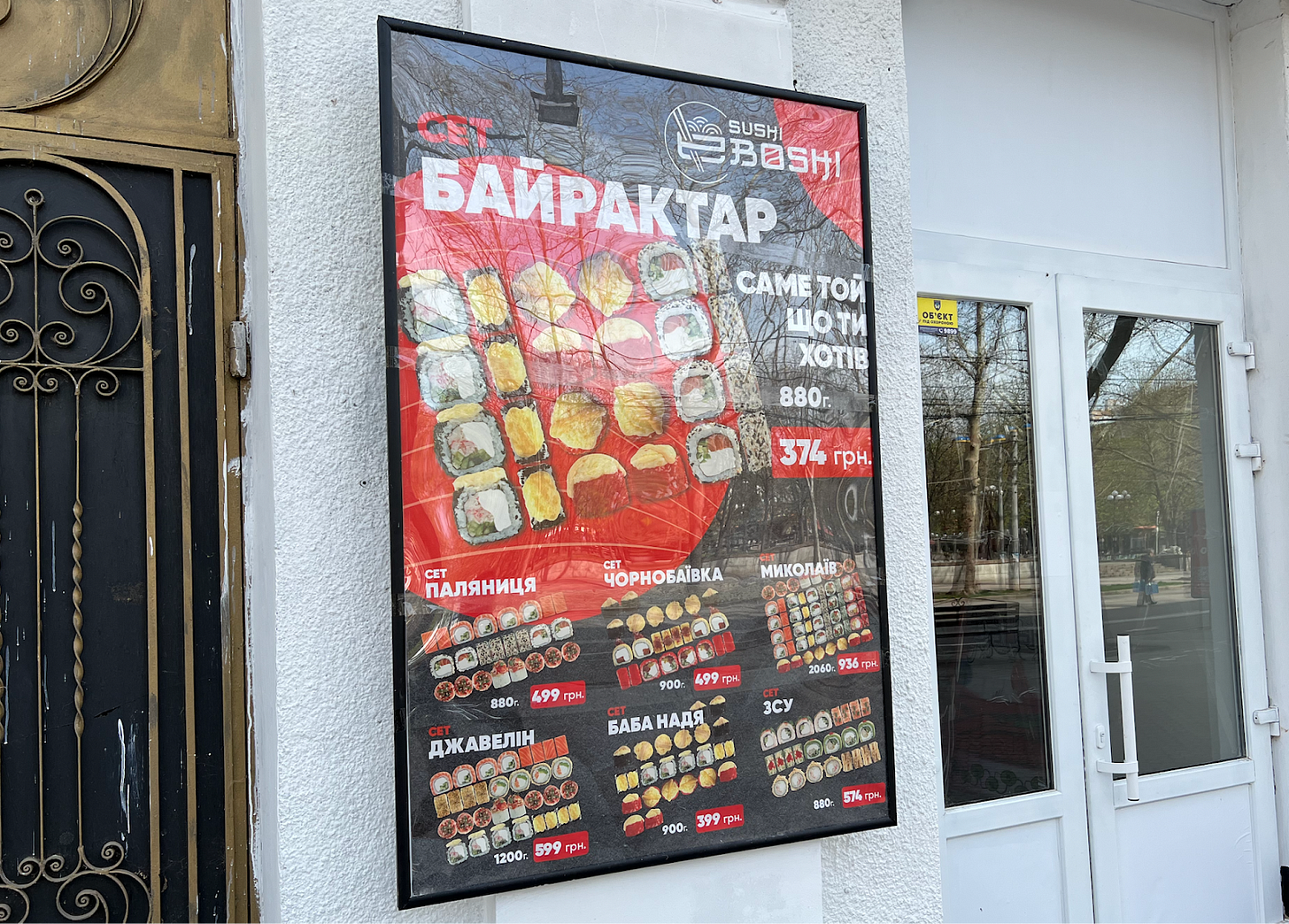
And these combinations have found their way into Ukrainian sushi menus. “I’ve personally tried various adaptations of sushi, like sushi with mashed potatoes and herring, or rolls with beetroot and salmon, for example,” says Nasonova.
The experimentation led itself naturally to sushi paired with cream cheese, or mayonnaise, or other types of cream sauces – a departure from the subtle flavors of traditional Japanese cuisine.
The country’s favorite type of sushi, by far, is the Philadelphia Roll – the sushi characterized by cream cheese paired with raw or cooked fish.
Sushiya has no less than 34 versions of the Philadelphia Roll on its menu, such as the 'Philadelphia Grilled Greens with Salmon Well Done,' which features salmon stewed in soy sauce, cream cheese,and cheddar cheese, topped with some onion crumble; or a version with mussels, tomato, crab mix, avocado, shaved tuna and cream cheese.
“A Japanese person who eats sushi as an everyday food would be surprised by the variety of our menu… we’re not afraid to surprise, adding something of our own,” said Artem Mykhailenko, a Sushiya employee at the Independence Square location.
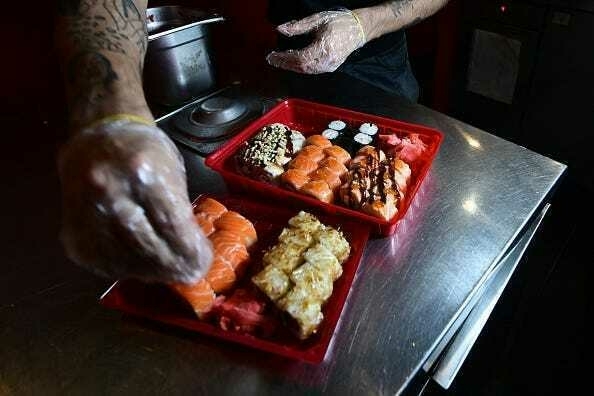
Getting fresh raw fish into the country has been a challenge in a period of wartime, when all flights are grounded. Ukraine’s only nearby major body of water is the Black Sea, where ongoing military operations are underway.
But restaurateurs have found a way to meet demand, despite the regular power outages, drone attacks, and missile strikes across the country.
Over time, Khehai has been able to source salmon from Scotland, and other fish from countries like Spain, using road transport to get it across the border from Poland into Ukraine.
He orders his fish to arrive by Tuesday evening—chilled, never frozen. The sushi counter's freshest fish is served on Wednesday.
“It is quite interesting because it is the only available exotic food at the moment. One could say that people in Ukraine are getting poorer, and they really want something unusual, something exotic, something that differs from their usual diet,” said Nasonova. “And sushi has taken on this role. Sushi is not just food, it is a celebration.”
In this time of great uncertainty — and unstable American support — it means that the situation on the ground is very dangerous. Your contributions help us get the body armor, medical gear, and supplies we need to stay safe.
Show your support by contributing to our tip jar - funds go towards keeping us safe and ensuring our work continues.
Tim Mak x Felicity Spector talk about Ukrainian food!
NEWS OF THE DAY
Good morning to readers; Kyiv remains in Ukrainian hands.
G7 PRESSURES RUSSIA WITH SANCTIONS TO FORCE CEASEFIRE: The US and other G7 countries have warned Russia that they will expand sanctions and use frozen Russian assets to support Ukraine if Moscow does not agree to a ceasefire, The Financial Times reported. Sanctions may include oil price caps. Additionally, Marco Rubio made it clear that territorial concessions should be made not only by Kyiv but also by Moscow.
This week, after a meeting of American and Ukrainian negotiating teams, Kyiv proposed signing a comprehensive 30-day ceasefire that would apply on land, in the air, and at sea. However, Russia signaled its unwillingness to do this immediately.
U.S. MAY IMPOSE RESTRICTIONS ON RUSSIAN ENTRY: The United States is preparing new restrictions on the entry of citizens from 43 countries, including Russians and Belarusians, according to The New York Times. The proposal includes three levels of restrictions: red, orange, and green.
Russia and Belarus are in the orange category, which involves strict restrictions on visa issuance, though it does not mean a suspension. Wealthy businessmen from Belarus and Russia may still be allowed to enter the United States, but immigrant and tourist visas for citizens of these countries could be blocked. Additionally, citizens from these countries must undergo a personal interview to obtain a visa.
UKRAINE IS ALMOST OUT OF MISSILES FOR AIR DEFENSE: Kyiv has urgently requested that Italy and France provide additional missiles for its Samp-T air defense batteries, as its available stockpile is nearly depleted, according to Corriere della Sera. Ukraine has reportedly been asking the governments for 50 missiles for several weeks, but they have been slow to respond. Italy has already exhausted its stockpile, leaving only an untouchable reserve.
Samp-T systems have not always performed well during massive Russian attacks, unlike the American Patriot systems. However, due to the U.S.'s unstable arms supplies, Kyiv seeks to bolster its defense capabilities by any means necessary.
UKRAINIAN CHILDREN SEARCH THREATENED DUE TO MUSK: Elon Musk's DOGE has stopped funding a Yale University team that was helping to track down children deported to Russia, The Telegraph reported. They were gathering information from open sources about abducted children and passing it on to Ukraine. In cooperation with the Bring Kids Back UA campaign, launched by Ukrainian President Volodymyr Zelenskyy, the team found hundreds of Ukrainian children.
CAT OF CONFLICT
Today we have a cat of conflict who was accompanying a woman to raise money for the animal shelter near a metro station. It was a cold evening, resembling the last days of winter, but the cat was resting peacefully, wrapped in the fabric and warmed by the woman’s arms.
Stay safe out there.
Best,
Mariana


